As you enter the meadow from Hirst Copse, you will see a central path that leads to the Woodland Burial Ground.
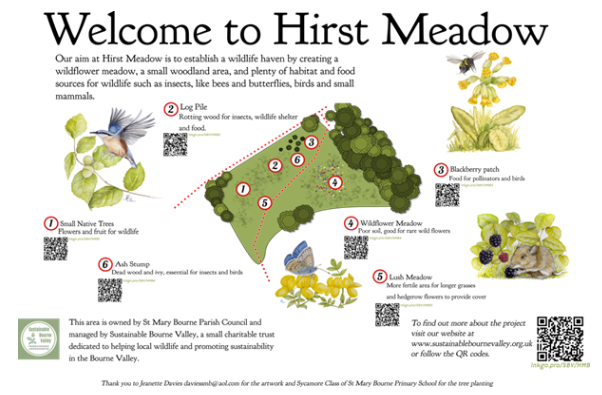
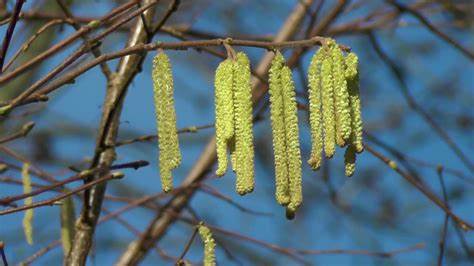
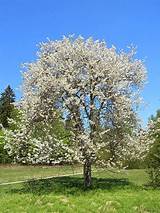
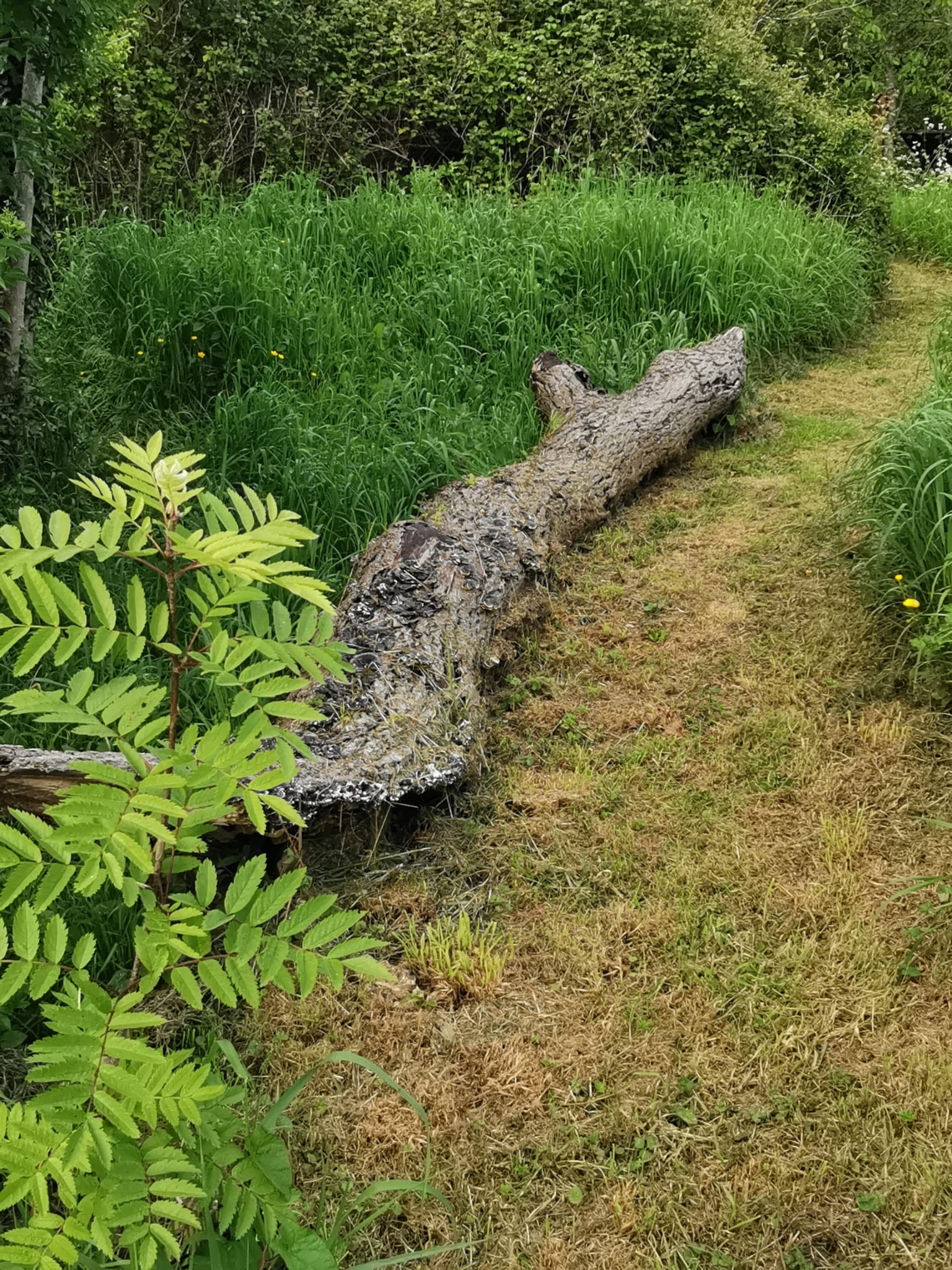

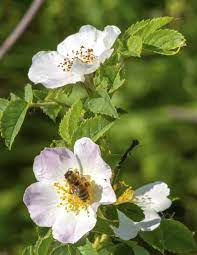
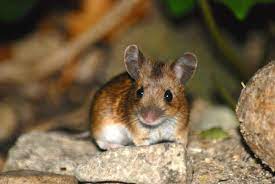
Also on the left of the central path there is the lush meadow. This more fertile area has longer grass and hedgerow flowers to provide cover.
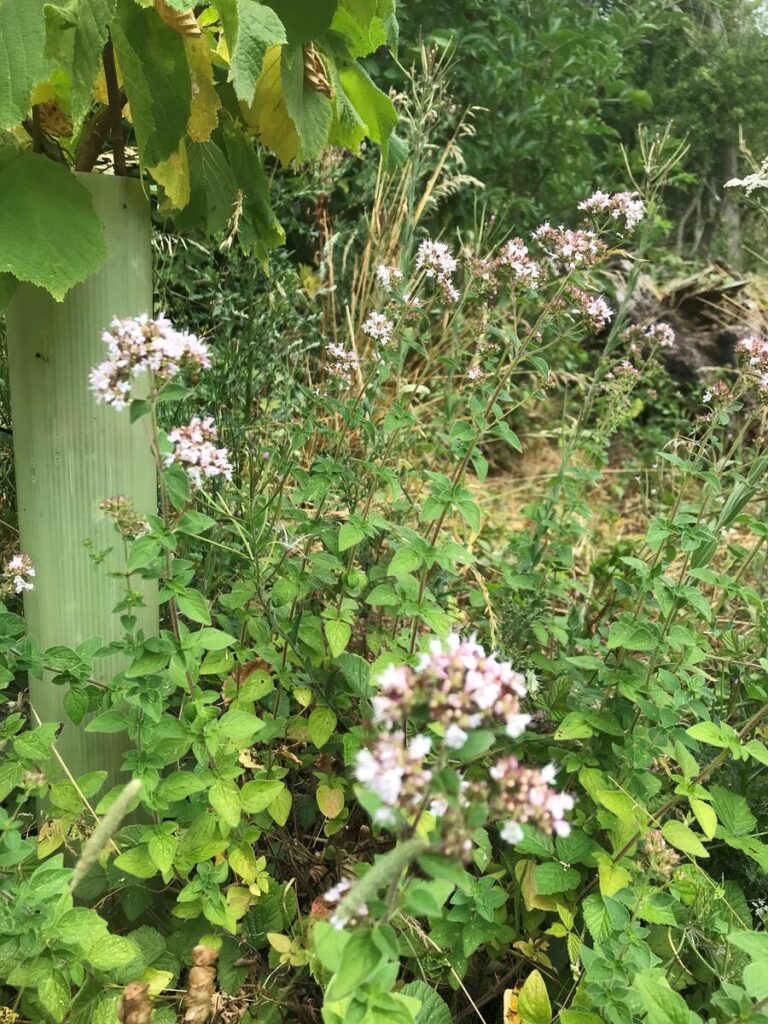
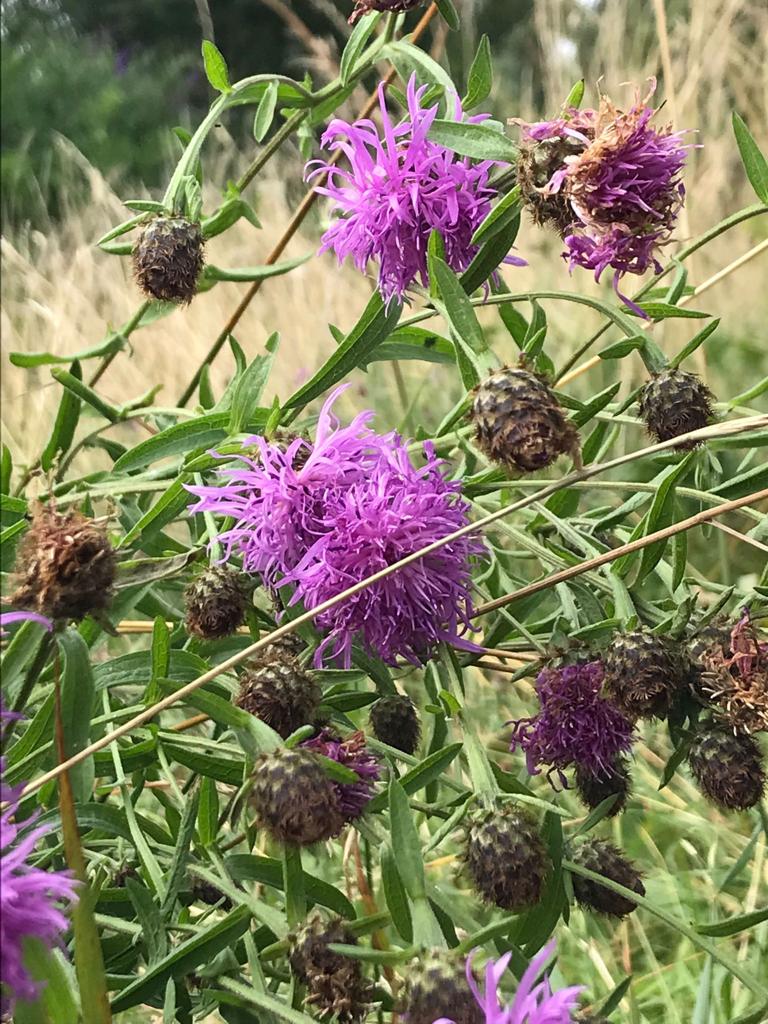
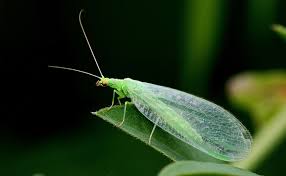

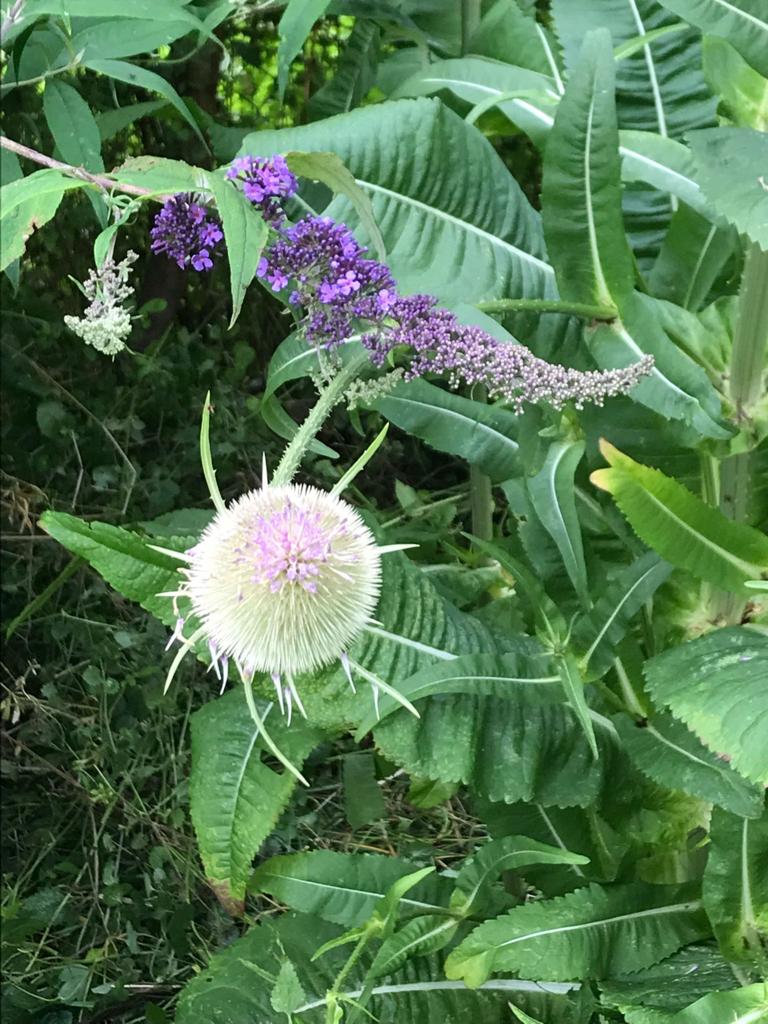


To the left of the path we have planted small native trees including crab apple, hawthorn, walnut, hazel, rowan, holly, juniper, guelda rose, blackthorn, spindle and whitebeam.
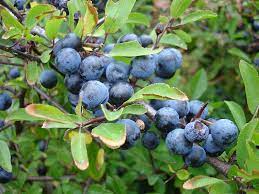

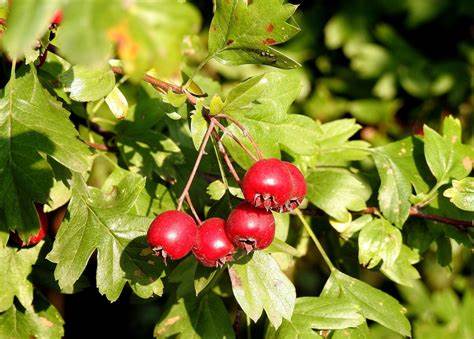
In the top left-hand corner there is a blackberry patch for the hundreds of insects that visit them throughout the year, for pollen, to spin webs for food, or to lay eggs.
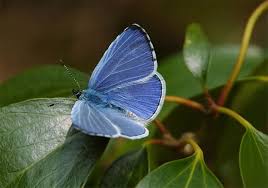

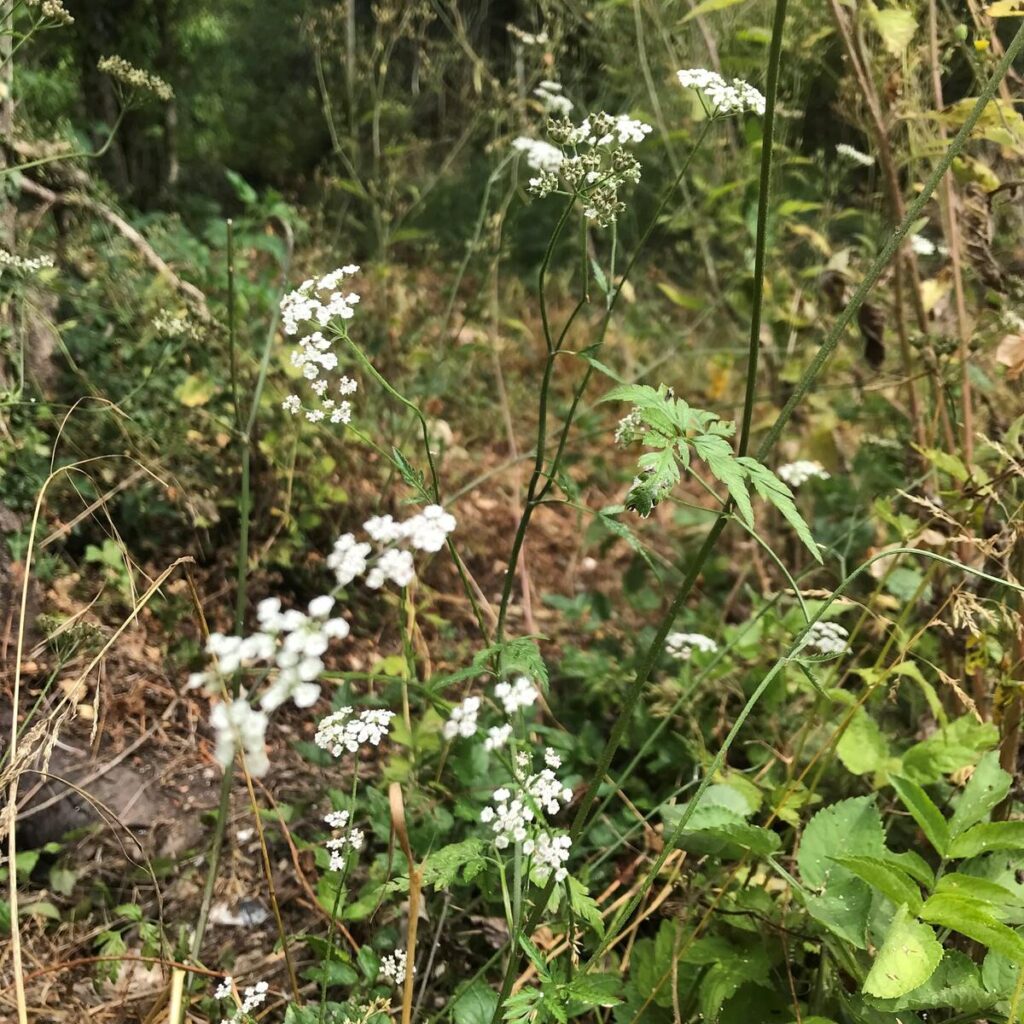
In the top right-hand corner and on the slope towards the houses of Hirst Copse, we have planted snowdrops and plants that thrive in a little shade.
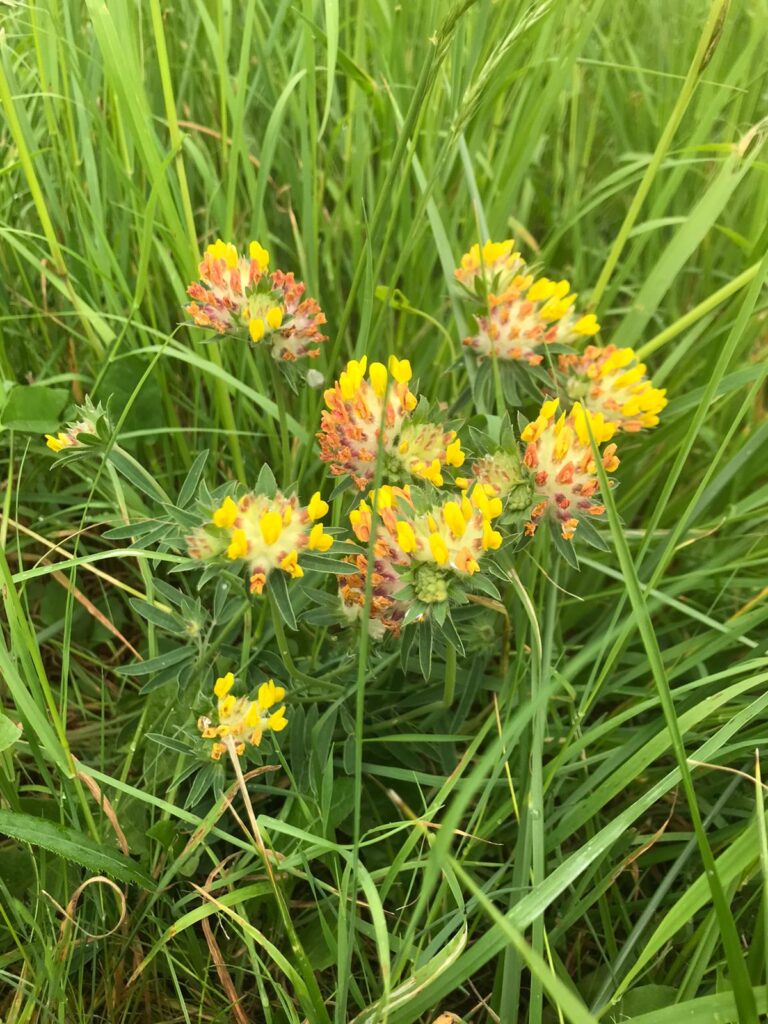

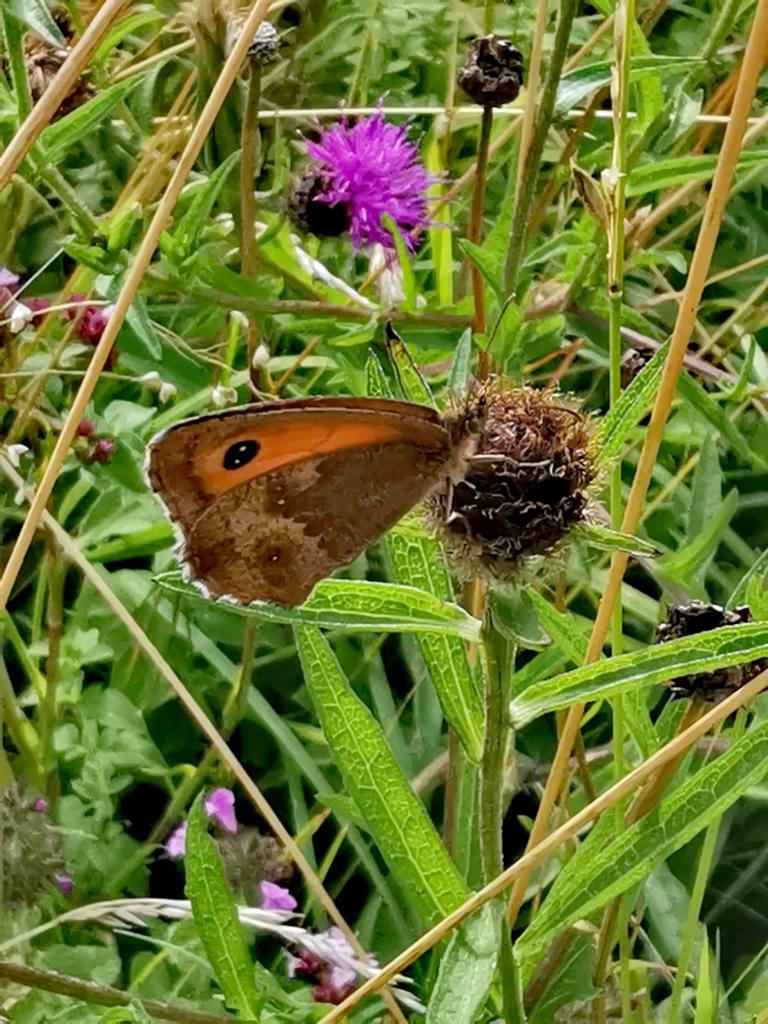
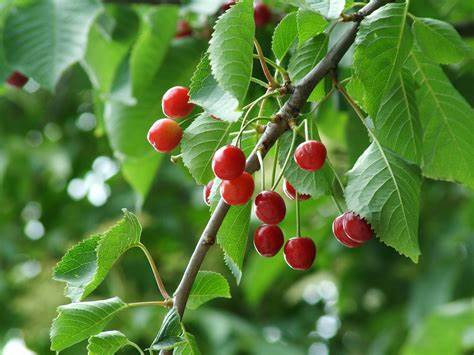

We have created a log pile and left a dead ash tree stump as many invertebrates feed on or live in decaying wood.
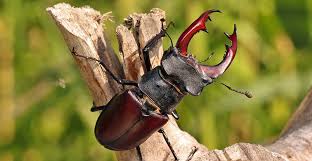
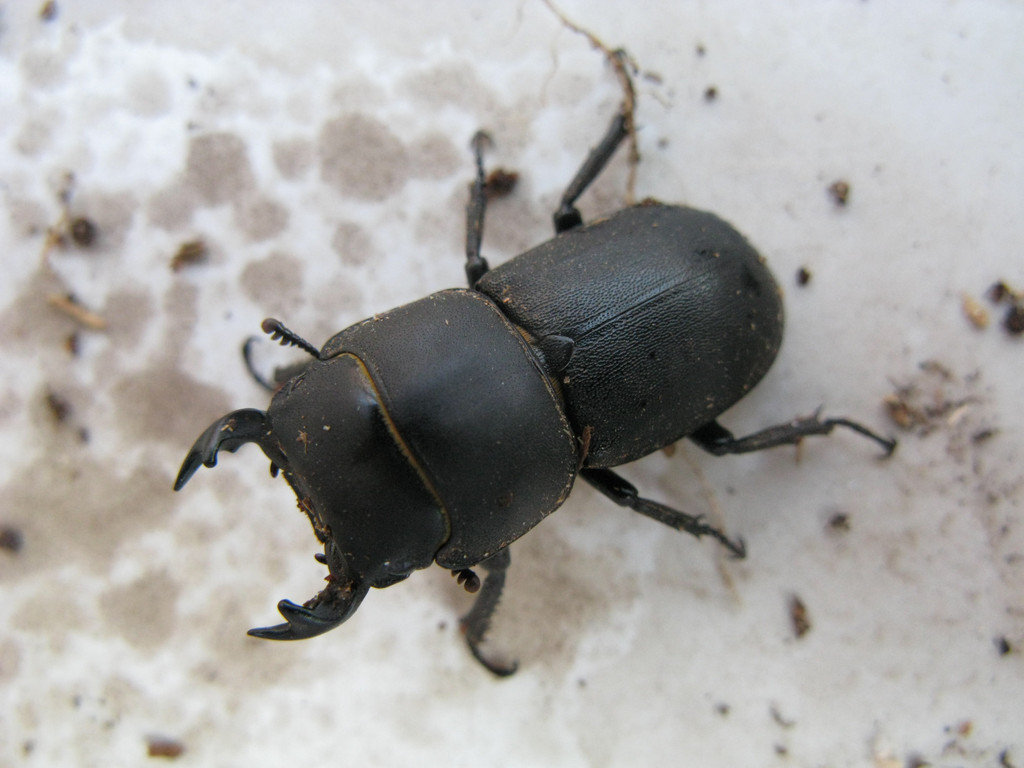
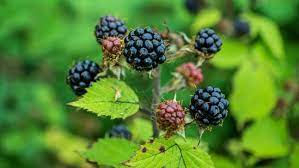
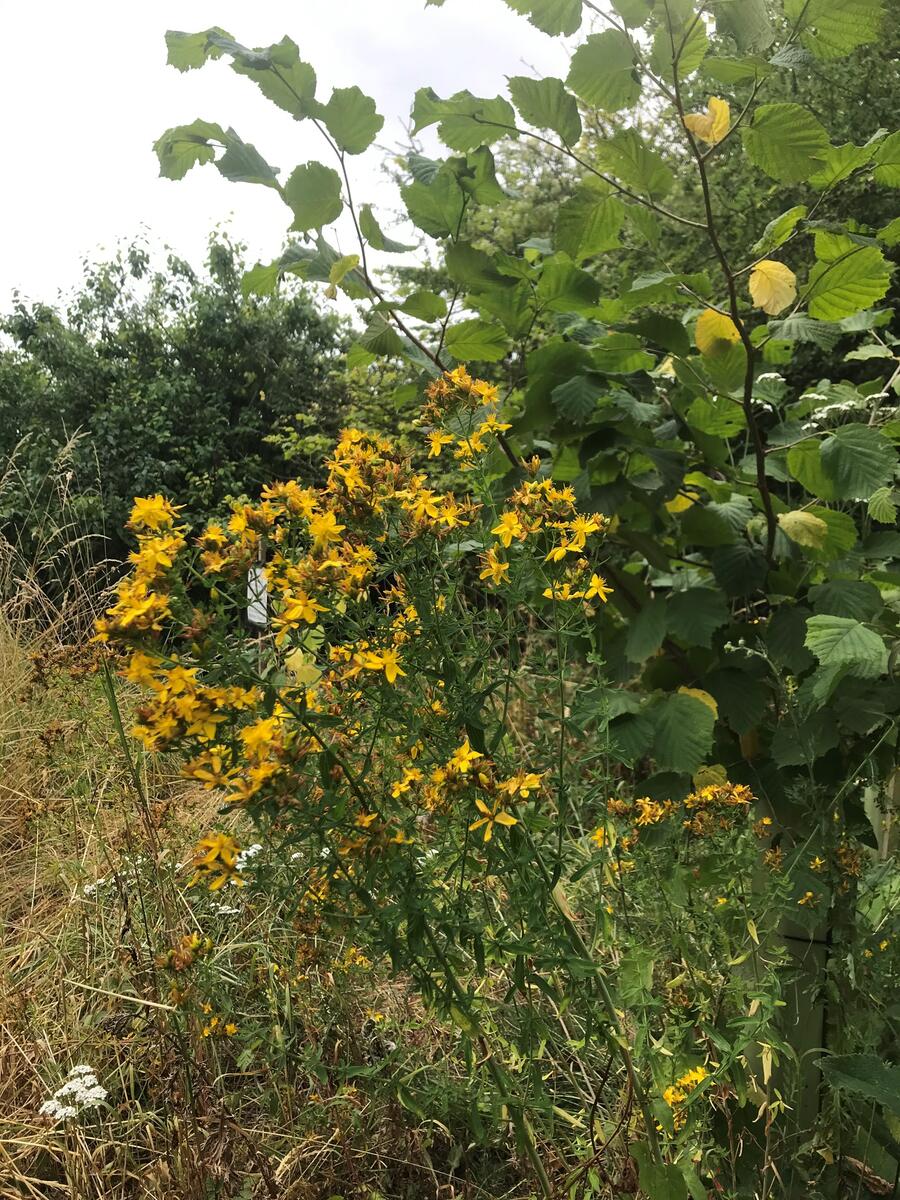

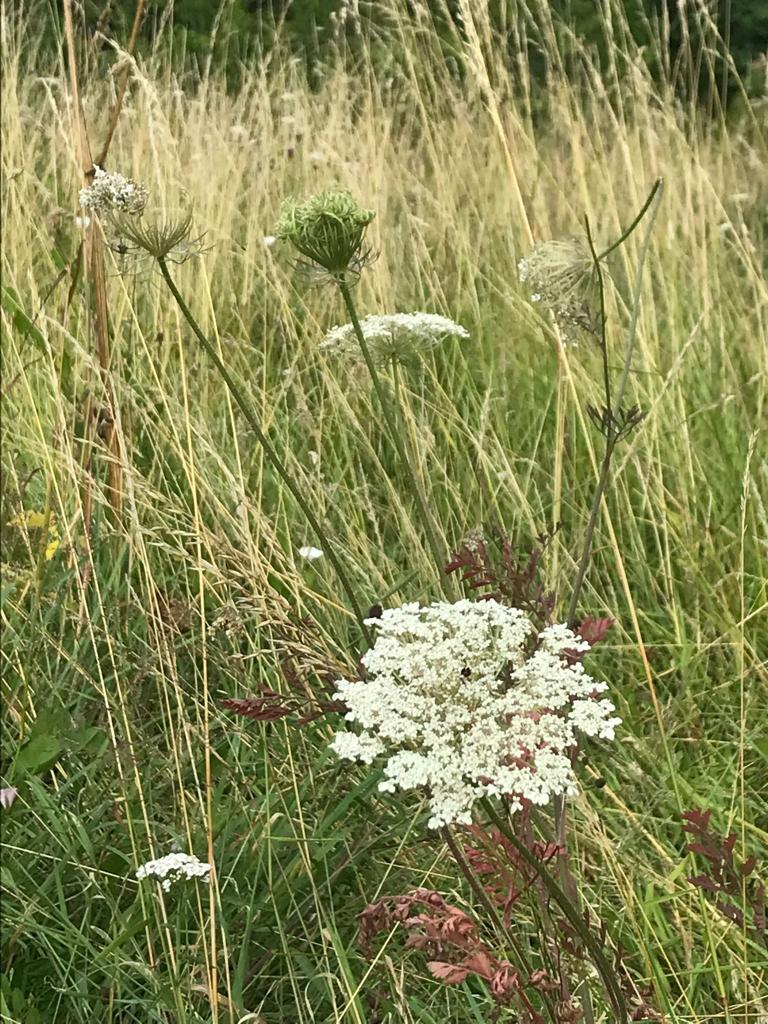
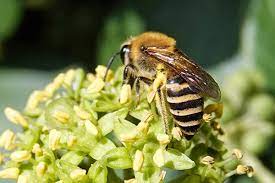
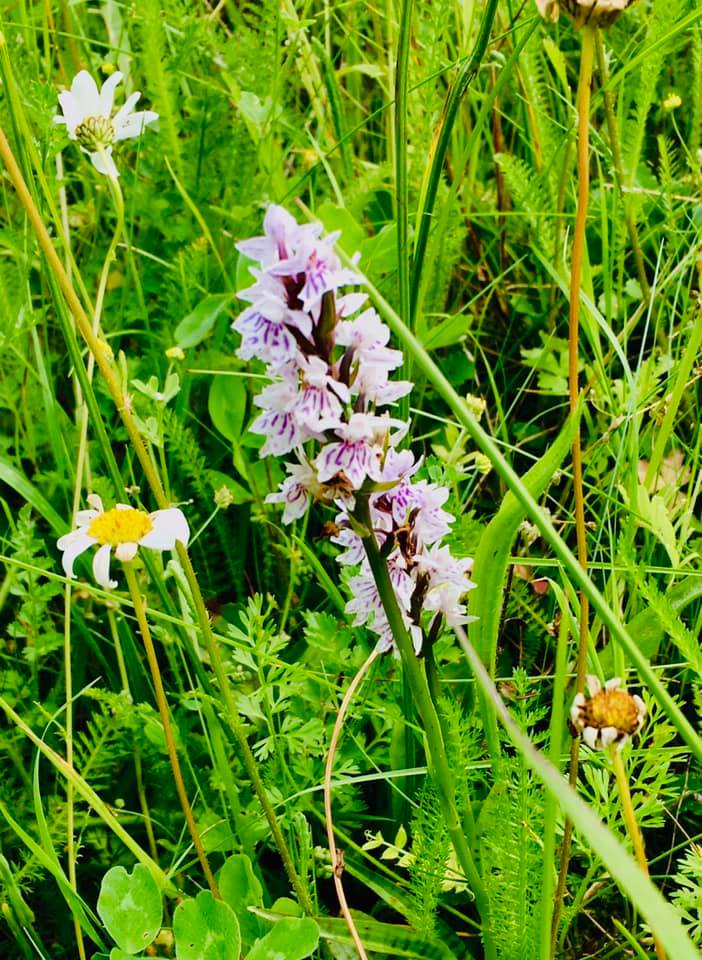
We hope you have enjoyed our “Virtual Tour”, please come along in person and see Hirst Meadow for yourselves.

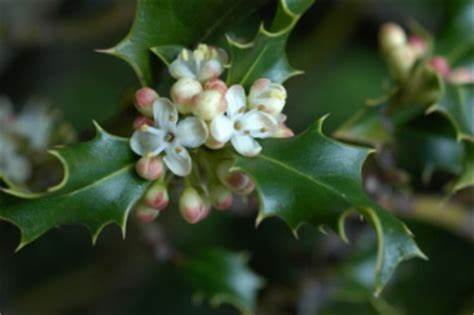

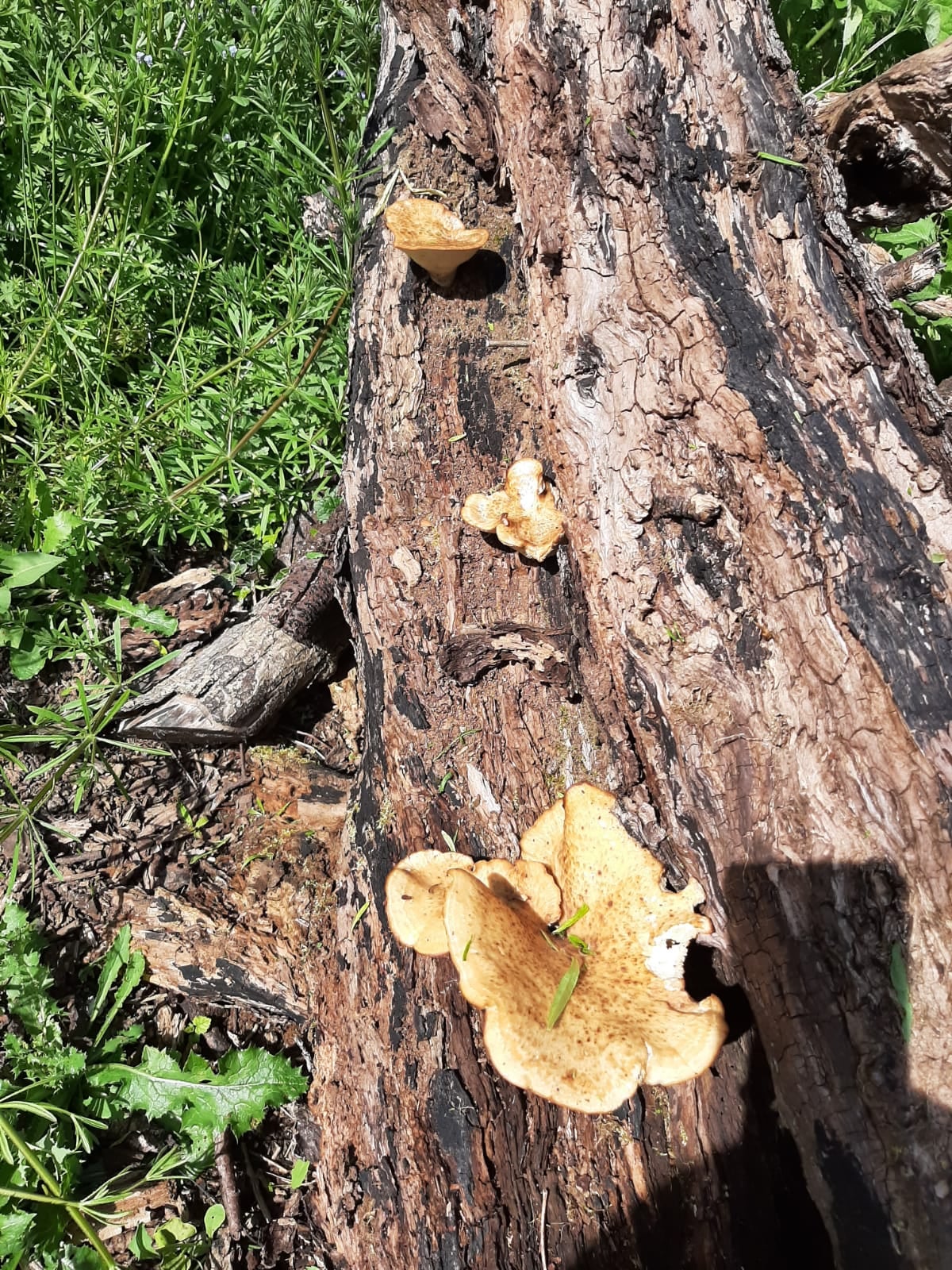
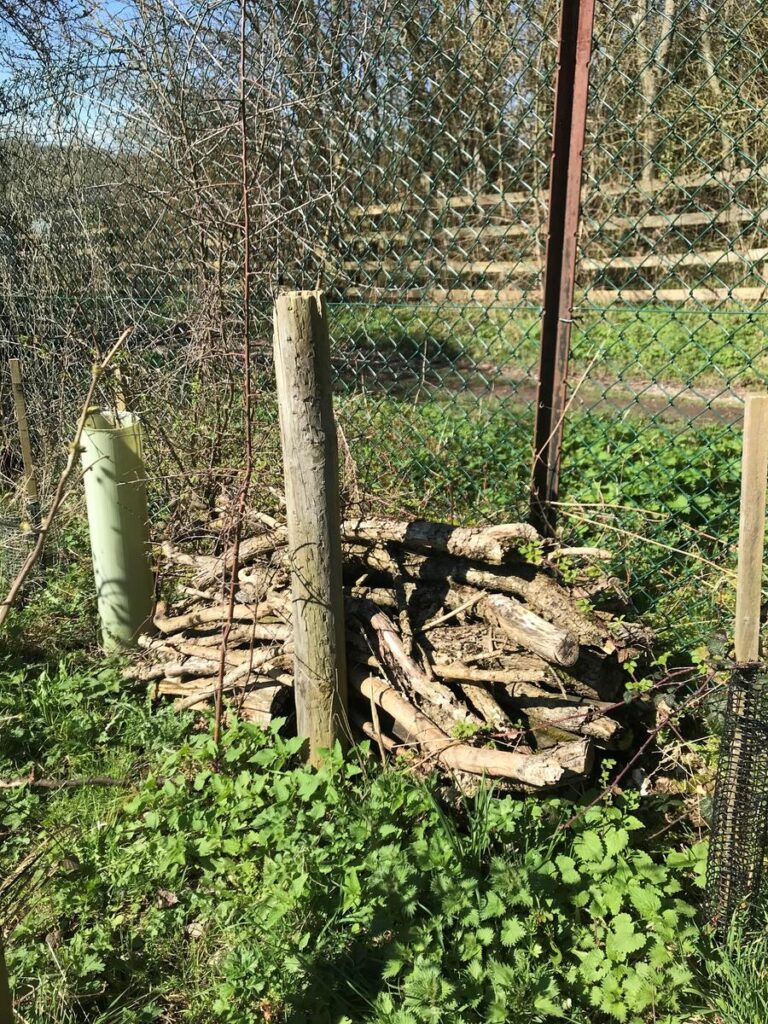


To the right of the path we have created a wildflower meadow. This area has poor soil which is perfect for wildflowers as there is less competition from the grass for essential sunlight.
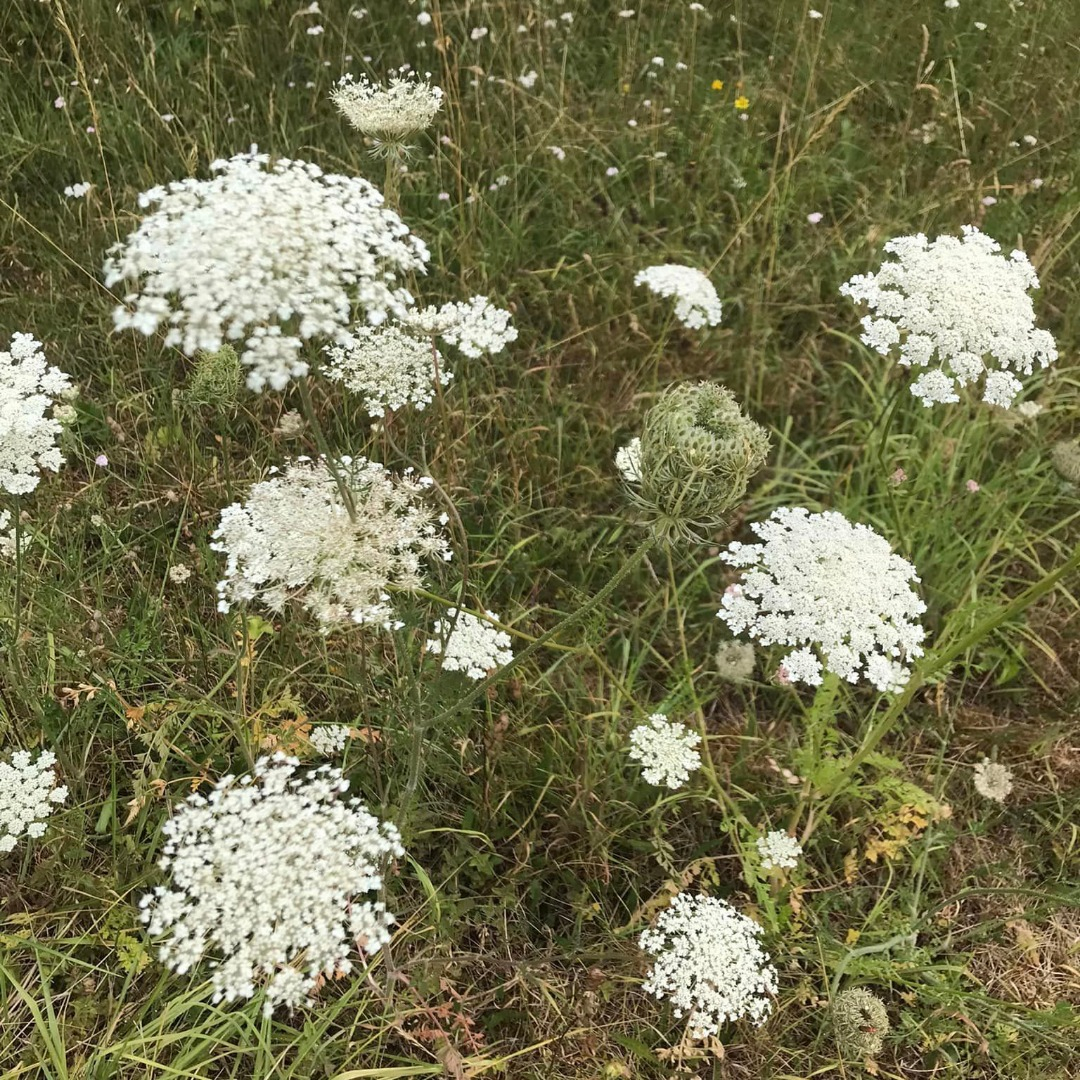
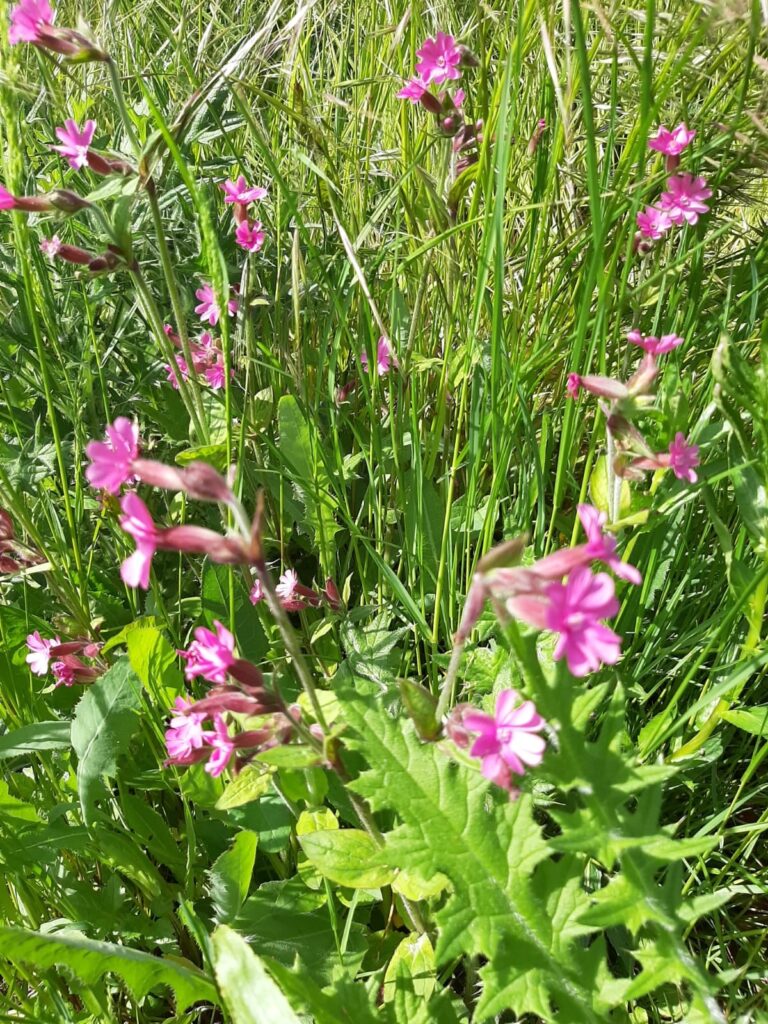
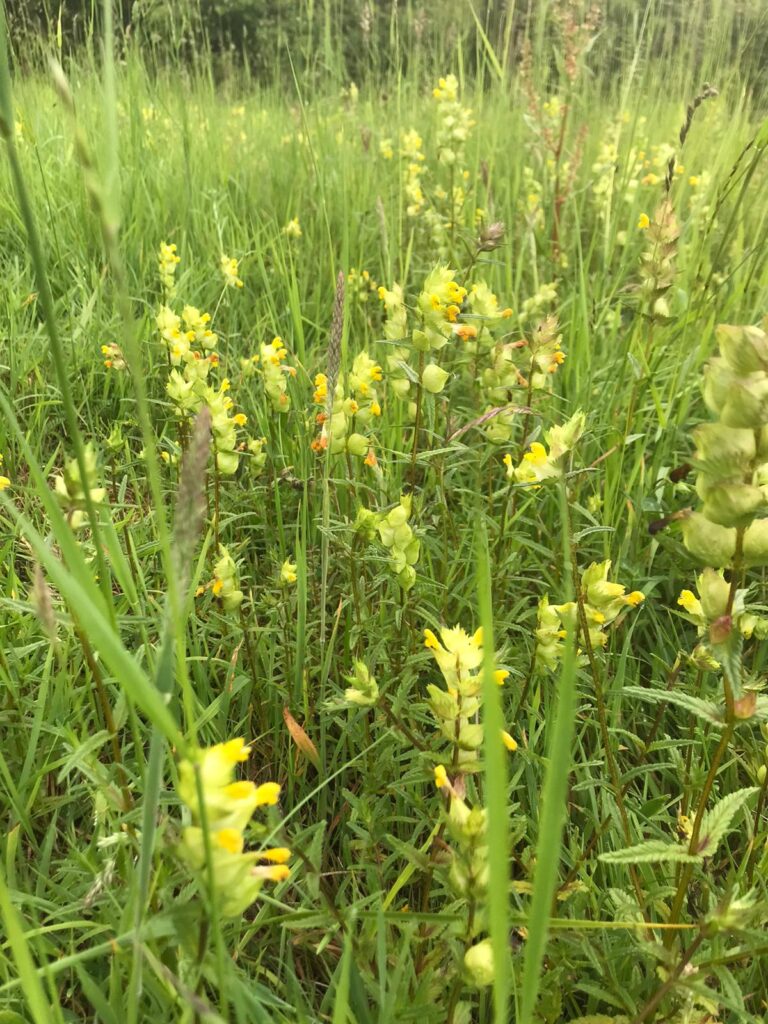
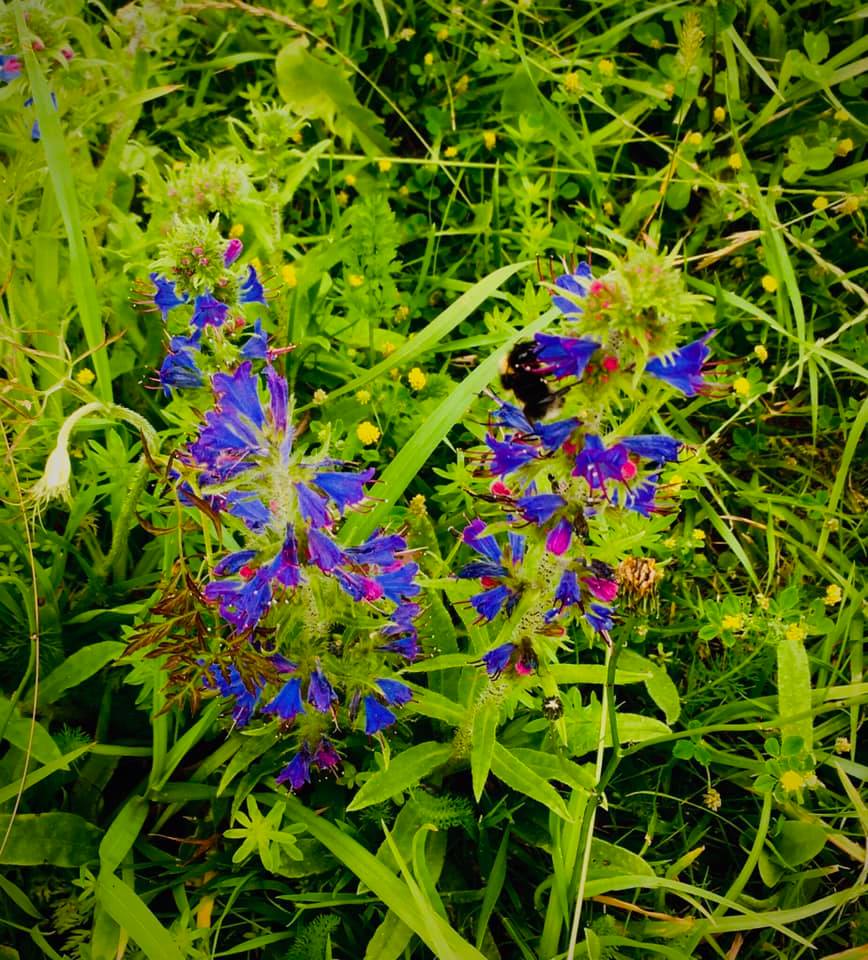
Why Hirst Meadow Matters
As modern development and intensive agriculture continue to threaten natural habitats, projects like Hirst Meadow play a vital role in supporting local biodiversity. Pollinators such as bees, butterflies, and moths are crucial for the health of our ecosystems, yet their populations are in steep decline due to habitat loss and environmental pollution. By restoring native wildflower meadows and planting trees, we provide these species with the shelter and food they need to thrive.
